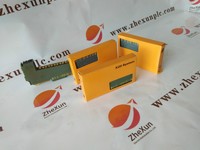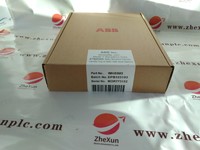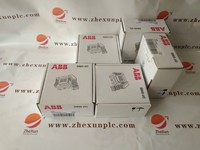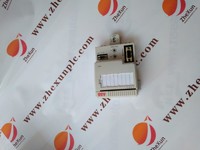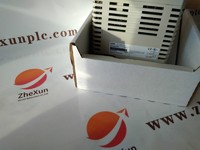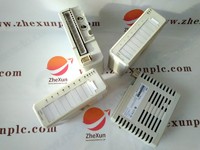B&R X20-DI-6371 + X20-BM11 + X20-TB12 I/O MODULE X20DI6371
Product Quick Detail
- FOB Price
- USD $999.00 / Piece
- Minimum Order
- 1
- Place Of Origin
- GERMANY
- Packaging
- 1PC
- Delivery
- 15 Days
Specifications
While the DCS was tailored to meet the needs of large continuous industrial processes, in industries where combinatorial and sequential logic was the primary requirement, the PLC evolved out of
a need to replace racks of relays and timers used for event-driven control. The old controls were difficult to re-configure and debug, and PLC control enabled networking of signals to a central
control area with electronic displays. PLC were first developed for the automotive industry on vehicle production lines, where sequential logic was becoming very complex.[4]
It was soon adopted in a large number of other event-driven applications as varied as printing presses and water treatment plants.
- Country: China (Mainland)
- Business Type: :Bently Nevada, ABB,GE,Rockwell,Foxboro, Invensys Triconex, Westinghouse, Schneider,Siemens,Woodward,GE FANUC,Yaskawa,EPRO,and so on.
- Contact: Holly

